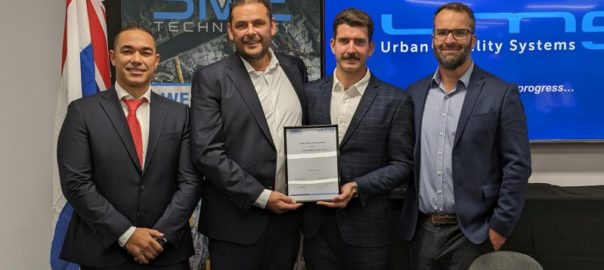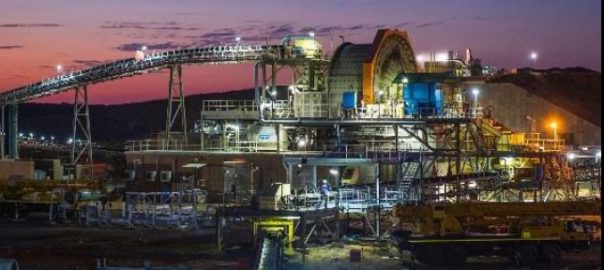3ME Technology and UMS have announced what they say is a groundbreaking partnership to electrify Australian heavy-duty equipment and revolutionise energy storage in the country with a partnership that sees UMS Australia established.
The partnership Memorandum of Understanding (MoU) is looking to solve the problem of competitive, turnkey, battery-electric solutions for the Australian heavy-duty vehicle market.
The primary objectives of UMS Australia are to deliver market-leading electrification solutions tailored to the Australian construction sector, surface mining equipment and residential energy storage systems.
Initially, UMS Australia will offer production-ready, battery-electric solutions for OEMs and distributors of heavy-duty machines. Electrification kits immediately available include the Liebherr A916 and R922/924, Bobcat E19, DAF LF Electric, Dakar MKR, DYNAPAC SD2500CS, HAMM HW90, Hyundai HX85A, Hyundai HX260AL, Junttan PMX22, Knikmops 130 & 180, Manitou, Magni RTH 6.25 and PV-E Cranes EC 80 & 160.
On top of this, the joint venture will introduce innovative battery swapping solutions, ensuring a continuous power supply while reducing emissions at construction sites and for equipment generators, the partners say.
Justin Bain (second from right), CEO 3ME Technology, said: “This partnership has been six years in the making, and we’re thrilled to kick off production and scale up in the Australian market. The timing is perfect. With our joint expertise and strong OEM customer demand, we’re set to begin production immediately. The combined capabilities will solidify UMS Australia / 3ME Technology as Australia’s premier off-highway electrifier.”
This alliance represents a significant stride toward a cleaner and more sustainable future for the Australian construction and mining industry, they say, underscoring the commitment of 3ME Technology and Urban Mobility Systems (UMS) to environmental stewardship, innovation and the delivery of practical solutions that instigate transformative change.









